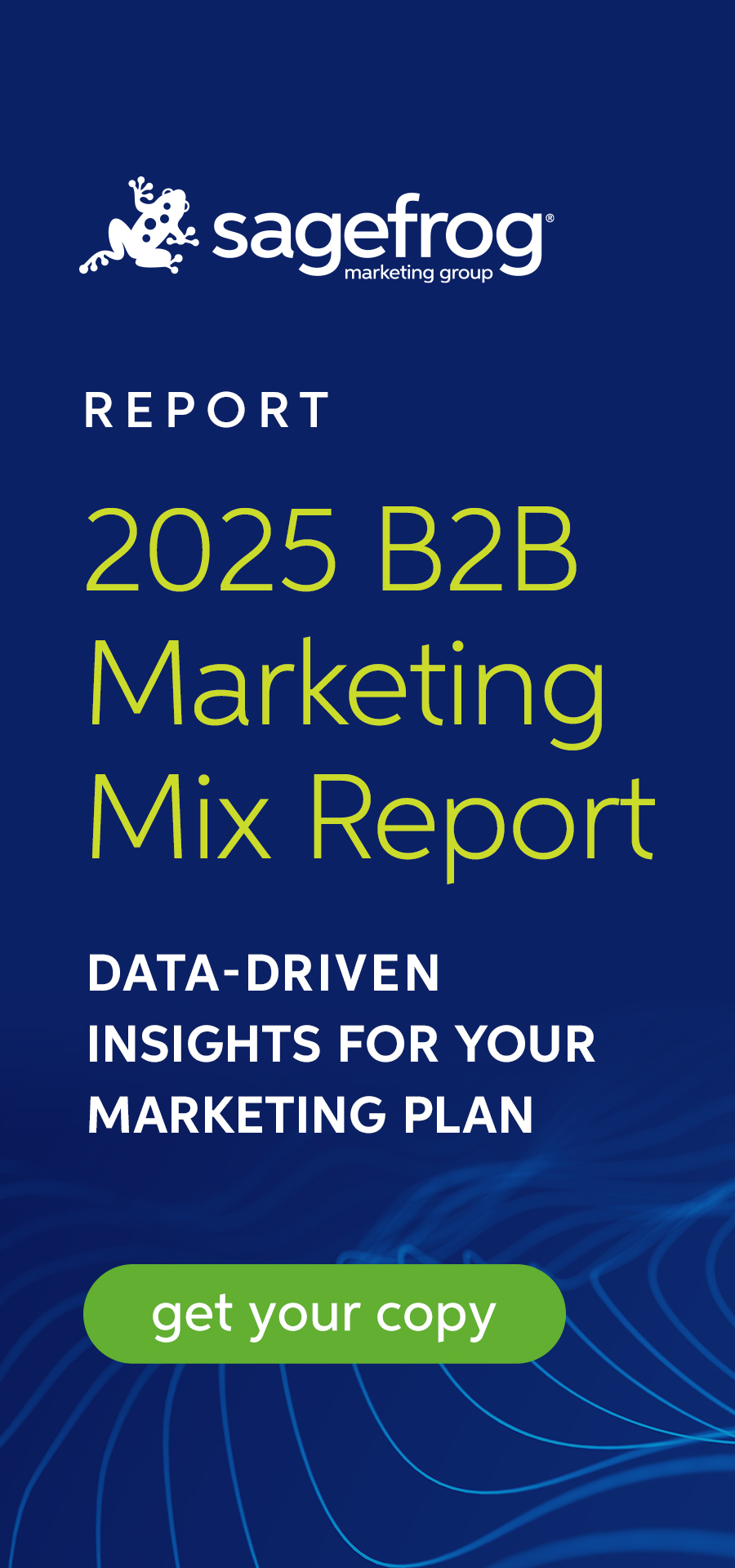The B2B buyer’s journey is complex and thanks to technology, the ebb and flow of information and outside forces that influence the buyer’s decision is causing the journey to be even more involved. With the Internet, social media and mobile, buyers have new ways to research and educate themselves prior to making a purchase. In fact, Forrester Research says that 90 percent of the buyer’s journey may be complete before a prospect even reaches out to a salesperson*.
Because of this changing environment, businesses including B2B healthcare and technology companies must maximize awareness of their brand and products and services so that when buyers begin their research for solutions – there you are. And instead of controlling the buyer’s journey, sales professionals need to understand how they naturally fit into it.
So what does the new journey look like and what should you be doing at each phase? According to Leslie Ye, author of “The Modern Buyer’s Journey: How to Sell in 2016,” the journey and corresponding actions can be defined into three key phases:
- Awareness: Buyers seek resources to solve a problem, finding information provided by companies using inbound marketing. Salespeople are not heavily involved.
As marketers, we are conditioned to identify our primary target audience and expend countless hours on defining strategies to target the key decision maker. But perhaps we should rethink this strategy and determine ways to reach the entire buying team, not just the key decision maker. Do so by ensuring you have a strong online presence through a responsive, user-friendly website and expand your target reach through SEO/SEM campaigns. Finally, don’t forget the power of social media!
- Consideration: Buyers begin to define what a solution could look like. Sales professionals provide advice and work with prospects to create a customized action plan unique to their situation.
Rethink your content marketing strategy and ask yourself, what information is helpful to my prospects? Buyers crave detailed product information so make sure to provide a mix of product information and thought leadership. Additionally, ensure you are delivering a full range of content, from product information and demos to case studies and thought leadership such as whitepapers. - Decision: Buyers evaluate different products. Salespeople educate prospects on the specifics of their product, explaining the competitive benefits and helping to evaluate whether their product is the best mutual fit.
It is important to sustain your marketing plan throughout the entire cycle. At this phase, consider expanding your content marketing and outreach efforts through various channels such as email, display advertising and mobile. Engagement is imperative! Directly follow-up with leads, help them evaluate whether your product is the best mutual fit and encourage prospects to take their final action.
So what happens after the journey has ended? Spoiler alert…it doesn’t! Nurturing your relationship with existing customers is critical. Therefore, implement a multi-channel campaign to continue communication with both existing and future prospects.
Did you find these tips helpful? Here are other resources you might enjoy!
Are you interested in help navigating the B2B buyer’s journey or other B2B marketing services? Contact Sagefrog Marketing Group, today.
*Rethink the B2B Buyer’s Journey e-Book

